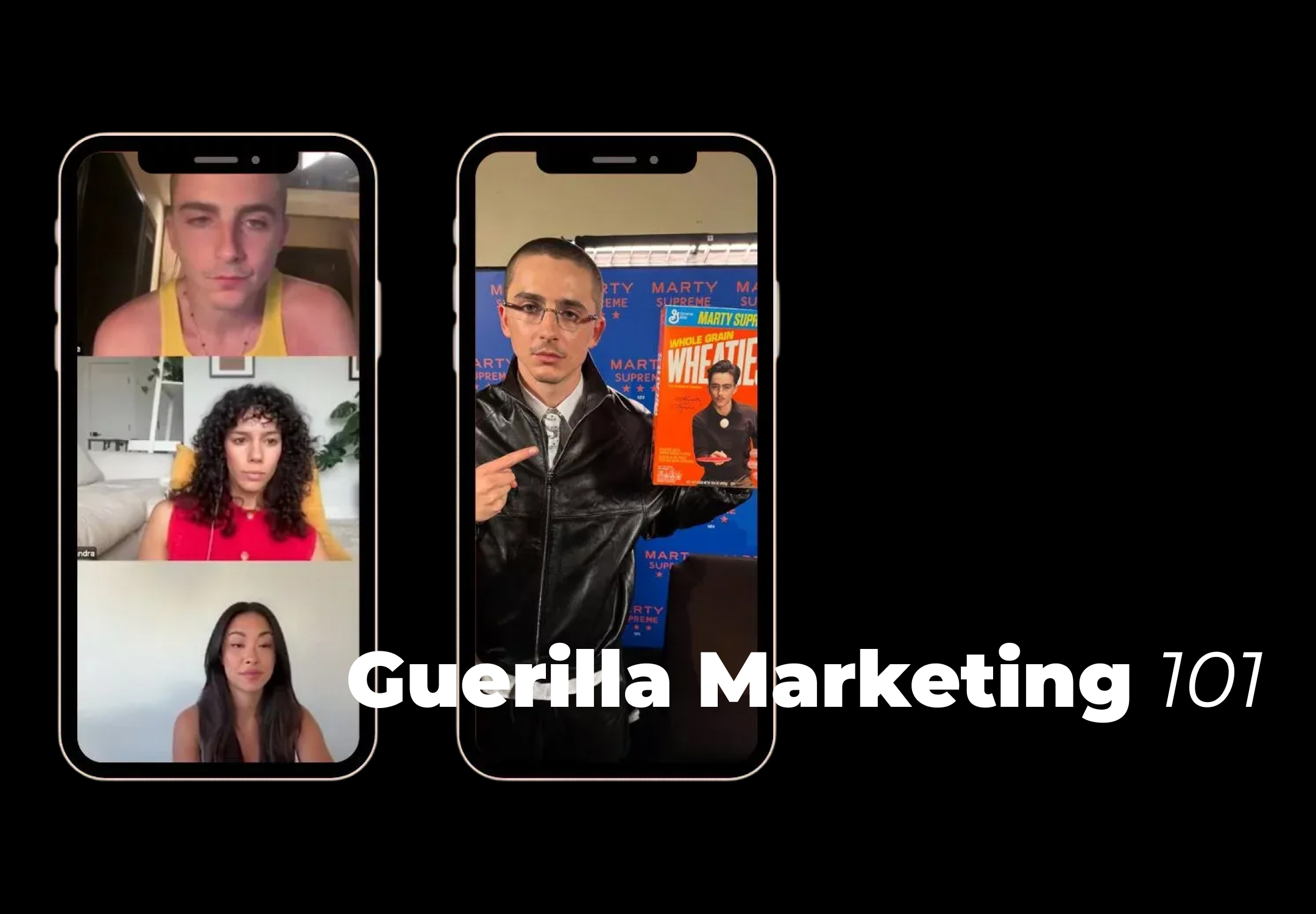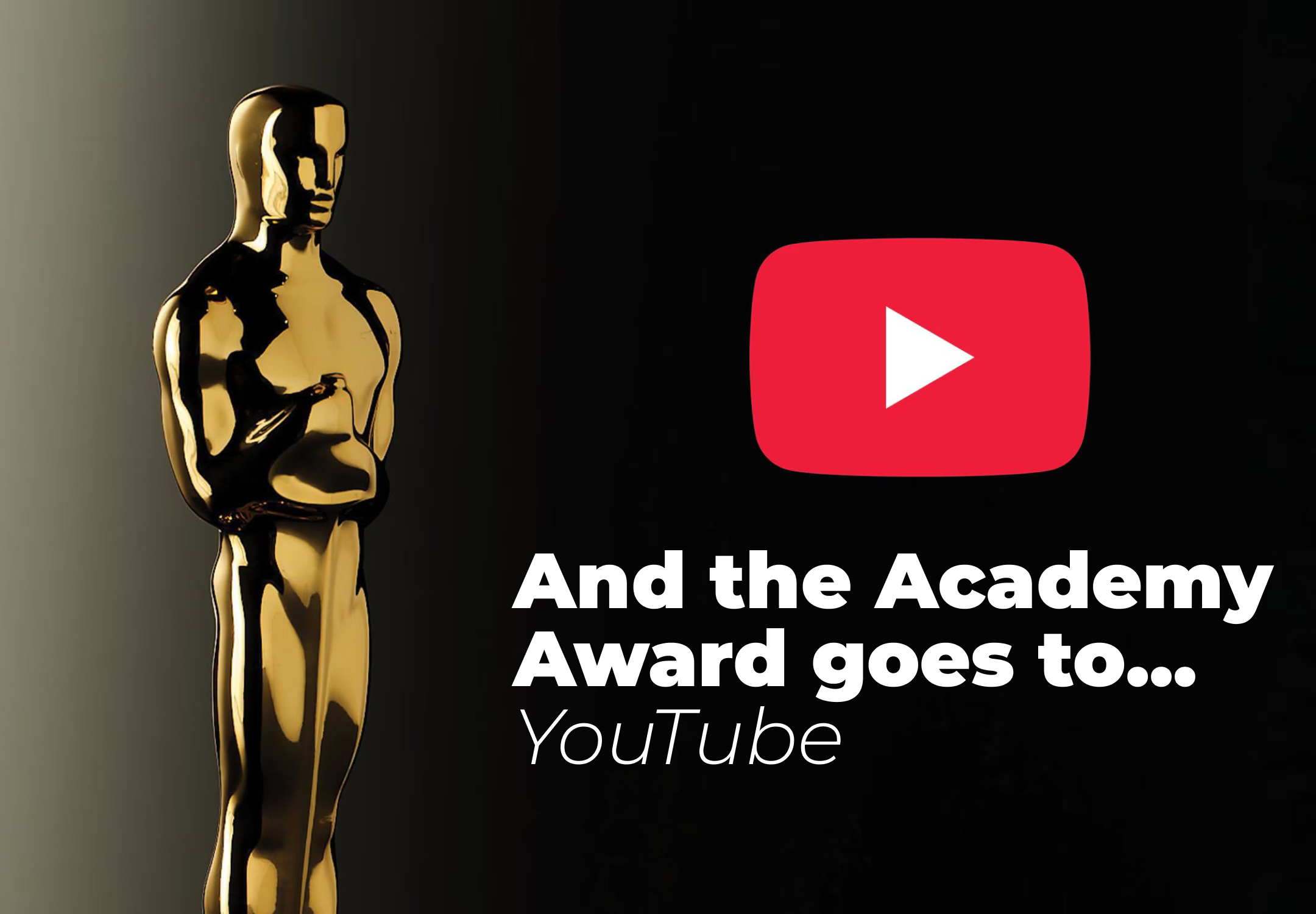Gain Gen Z’s Trust Through Experiential Marketing
Gen Z is seeking real-world experiences that build trust through presence, not just promotion. Explore how experiential marketing, co-creation with creators and influencers, and values-led activations are redefining brand relevance and community connection.
July 28, 2025

In 2025, Gen Z is reshaping how and where brands earn their trust. Though digitally native, they increasingly seek physical, participatory experiences that offer depth and authenticity. Face-to-face interactions are valued not just for novelty, but for what they represent: presence, care, and proof that a brand understands their audience beyond metrics.
Recent data supports this shift. A Freeman and Edelman study found that 68% of Gen Z consumers felt more trusting of a brand after attending a live event, with 64% saying that trust lasted for at least a month. In a climate where digital fatigue and performative messaging are common, real-world experiences stand out for their ability to generate lasting emotional connection.
Experiences connect communities
For Gen Z, marketing isn’t something to consume – it’s something to collaborate with. This generation expects brands to earn trust through presence, not performance. Real-world activations serve as credibility tests, where values must be proven through action. Nearly half of Gen Z say they distrust brands that promote causes without meaningful involvement, and 46% expect brands to demonstrate their values tangibly – not just talk about them.
But what makes these experiences truly resonate isn’t just the setting – it’s who helps shape them. Creators, influencers, artists, and even athletes play a critical role in bridging brand and audience. When these figures are embedded into the experience – not just invited to attend, but empowered to co-create – they lend authenticity, cultural fluency, and built-in social gravity. Their involvement turns events into platforms for shared storytelling, where communities gather around something that feels alive and personal.
This is especially powerful for Gen Z, who don’t just attend – they adapt. They want to engage on their own terms, leave a creative imprint, and be seen as part of the moment. According to the 2025 Freeman Gen Z report, 87% are more likely to trust and engage with brands that invite direct participation. This represents a deeper shift, setting the bar higher for the new prestige for consumers and audiences. It is no longer defined by logos or material wealth, but by exclusive, participatory experiences that foster identity and community. Immersive, collaborative environments – where the line between creator and attendee is blurred – become mirrors for identity, connection, and expression.
In an era of digital saturation, these physical spaces offer something increasingly rare: meaningful, memory-making engagement. And when creators are the catalysts – helping translate brand purpose into lived experience – they don’t just amplify reach. They transform passive marketing into cultural momentum, connecting not only people to brands, but communities to each other.
Case Studies: How Participation Accelerates Brand Relevance
At the 2025 Cannes Film Festival, Magnum’s Crack Into Pleasure campaign transformed a traditional pop-up into a co-creative experience. Visitors got Charli XCX–inspired Brat-green ice cream bars, remixing flavour and design in a shareable format. With over half the attendees being content creators, the activation generated a surge of organic content spanning 50+ countries – proof that participation scales when culture is the medium. In today’s digital landscape, brands are moving beyond products to build cultural relevance through storytelling. Social media amplifies this shift, allowing them to expand their role and connect with broader, more diverse audiences in meaningful ways.

MAC Cosmetics took a similarly layered approach with Lipglass Air, an activation designed to celebrate the launch of its newest summer lip product. The brand transformed a decommissioned aircraft into a fully immersive beauty experience. Influencers from across the UK were invited alongside members of the MAC Crew, blurring the line between brand, audience, and performer. In a playful twist, select influencers were cast as MAC airline staff for the day, bringing the campaign’s travel concept to life with theatrical flair. Even the iconic voice behind Jet2Holiday flight announcements was hired to deliver in-flight messaging, adding a touch of nostalgic humor and recognition.
The event was crafted with layered intent: photo opportunities, a Lipglazer workshop highlighting the new lip liners, live drag performances, and a DJ set turned the space into a content-rich, multi-sensory journey. Designed to resonate with beauty lovers of all ages, genders, and races, the experience reflected MAC’s long-standing commitment to inclusivity and self-expression.
Like Magnum, MAC created more than a campaign – it built a brand world, where guests weren’t just witnessing a launch, but actively shaping how it was experienced and remembered.
You can see more of our client work here.
What unites these examples is a recognition that offline engagement deepens digital relevance. TikTok and Instagram still fuel discovery, but Gen Z is increasingly using them to share experiences that begin in the real world. Events designed for self-expression and emotional resonance generate not just impressions – but memory, trust, and loyalty. As more than 70% of Gen Z say they prefer brands that “feel human” and emotionally intelligent, it’s clear that experiential marketing isn’t just a nice-to-have – it’s a strategic necessity.
Strategic Imperatives for Marketers
To meet Gen Z’s expectations, experiential activations must be grounded in shared values and creative agency. The most effective campaigns consistently offer:
- Co-creation: Experiences where the audience helps shape the outcome.
- Cultural fluency: Environments designed with local voices, identities, and rituals in mind.
- Tactile-to-digital flow: Events that translate seamlessly into social storytelling.
- Authentic value: Clear demonstration of what a brand stands for – beyond messaging.
From Presence to Proof
To earn Gen Z’s trust in 2025, brands must move beyond performance and into presence – not just appearing in the right feeds, but showing up in the right spaces, with the right people, and with purpose. As digital trust erodes and audiences demand more meaningful engagement, experiential marketing has become not just a tactic, but a test of brand integrity.
What today’s leading brands understand is that Gen Z isn’t looking for spectacle – they’re looking for signals of belonging and shared belief. The most successful activations aren’t designed around visibility alone, they’re designed to be remembered, remixed, and retold. When brands invite creators, influencers, artists, and communities to help shape the story, they’re not just driving reach – they’re building relevance.
In a culture shaped by co-creation, the strongest marketing doesn’t speak at Gen Z. It listens. It builds with them. And it earns its place not by claiming purpose – but by proving it, one real-world moment at a time.
Latest News ☕

Guerrilla marketing: Tactics that work in 2026
December 23, 2025
How does an indie period drama break presale records and dominate cultural conversation ag...

The Oscars move to YouTube in 2029
December 22, 2025
The Academy Awards' shift from ABC to YouTube in 2029 represents the definitive moment whe...

10 resolutions every marketer should have for their social strategy in 2026
December 20, 2025
Transform your social media strategy in 2026 with these actionable resolutions from Pulse...


